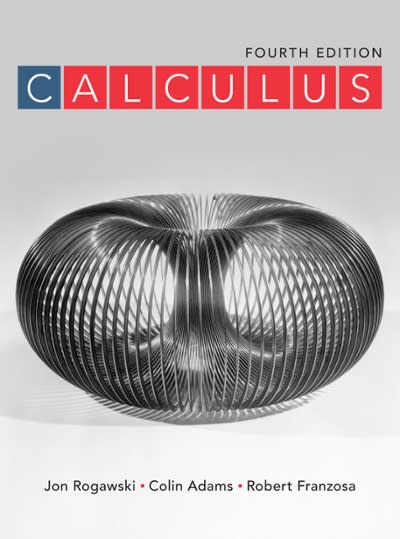The Laplace operator (Delta) is defined by [ Delta varphi=frac{partial^{2} varphi}{partial x^{2}}+frac{partial^{2} varphi}{partial y^{2}} ] For any
Question:
The Laplace operator \(\Delta\) is defined by
\[
\Delta \varphi=\frac{\partial^{2} \varphi}{\partial x^{2}}+\frac{\partial^{2} \varphi}{\partial y^{2}}
\]
For any vector field \(\mathbf{F}=\left\langle F_{1}, F_{2}ightangle\), define the conjugate vector field \(\mathbf{F}^{*}=\left\langle-F_{2}, F_{1}ightangle\).
Prove that \(m(r) \leq I_{\varphi}(r) \leq M(r)\), where \(m(r)\) and \(M(r)\) are the minimum and maximum values of \(\varphi\) on \(C_{r}\). Then use the continuity of \(\varphi\) to prove that \(\lim _{r ightarrow 0} I_{\varphi}(r)=\varphi(P)\).
Prove that \(m(r) \leq I_{\varphi}(r) \leq M(r)\), where \(m(r)\) and \(M(r)\) are the minimum and maximum values of \(\varphi\) on \(C_{r}\). Then use the continuity of \(\varphi\) to prove that \(\lim _{r ightarrow 0} I_{\varphi}(r)=\varphi(P)\).
Step by Step Answer:






